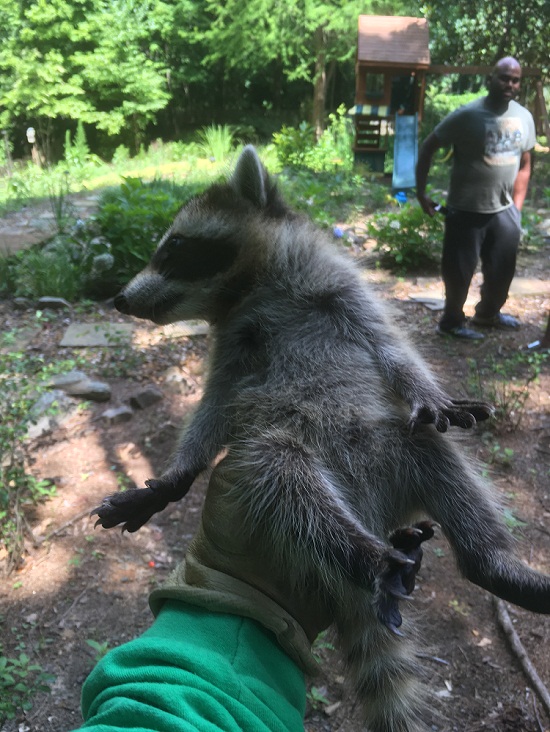Does your backyard have a welcome sign for snakes?
June 8, 2018How To Get Rid of A Bat in The House
July 30, 2018Summer is a time for many things. School is out, the weather is hot, the nights are great for barbecues, picnics, and raccoon families. These pesky little bandits are especially active in the summer, raising their litters of young in your attics.
Here are some fun facts about what to watch for if you suspect that you have new, furry neighbors:
1. While there is only one species of raccoon, there are 22 different subspecies. Of these, seven can be found in areas of Florida and Georgia. The most common and widest-ranging subspecies is the Eastern Raccoon.
2. Raccoons in Georgia tend to mate in February to March. The gestation period is 60-70 days. A litter of raccoons typically numbers between two and five. Baby raccoons are called kits.
3. In the wild, raccoons will make nests high in the cavities of standing trees. In your yard, they can find similar shelter inside your attic. It is here that they will raise their litter of kits. The babies nurse exclusively for the first 9 weeks and are fully weaned and independent within 16 weeks. Their mother will help them find new dens and feeding grounds. Females will live close to the home range of their mother and begin making new families the following season. Males will move up to 20 miles away.
4. Raccoons can cause a lot of damage. Droppings may come with disease. Urination can cause wet, useless, contaminated insulation and create a risk of mold. Chewing and nest-building can shred insulation and increase heating and cooling bills. It can also affect wiring, which can lead to fire hazards.
5. Removing a raccoon family is trickier than removing a single raccoon. Simply boarding access to the attic can leave nursing babies without a mother. Wildlife removal companies can safely and humanely relocate families. During the process of raccoon removal, they can also do an inspection of your grounds to see where and how raccoons are getting into your home and what food you are leaving for them to make this an enticing home.
Call us today to learn more!


